Humans began to develop writing systems sometime in the 30th century BCE in ancient Mesopotamia, which included the Sumerian, Akkadian, and ancient Egyptian civilizations. While the earliest examples of written text date back to around 2600 BCE, these early writings were written on stone tablets and depending on who you ask, don’t count as books.
For the purposes of this article, we have not included these early texts and instead covered what are considered to be the oldest books (bound pages or tablets) in the world that still exist today.
8. Gutenberg Bible – c. 1450 – 1455
Author: printed by Johannes Gutenberg
Country of Origin: Mainz, Germany
Script: Latin
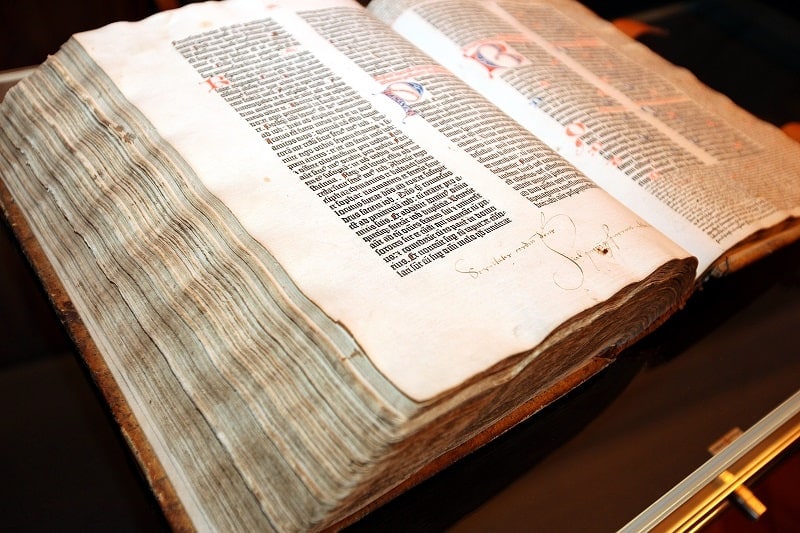
Although the Gutenberg Bible is not as old as other books that have survived throughout history, it is being included on this list for its significance as the first book to be printed using mass produced movable-type; and when people think of what a book traditionally is, the Gutenberg Bible is the oldest example of this. The book was printed by Johannes Gutenberg, who invented the printing press and started the Printing Revolution, around 1450 – 1455.
There is early documentation showing that 200 copies of the Bible were scheduled to be printed on cotton linen paper and 30 copies on velum animal skin – the actual number of copies made is unknown. Today, only 22 copies are known to exist and the Gutenberg Bibles are the world’s most rare and valuable printed material.
7. Book of Kells – c. 800 AD
Author: Unknown (possibly monks from Iona, Scotland)
Country of Origin: Ireland
Script: Latin
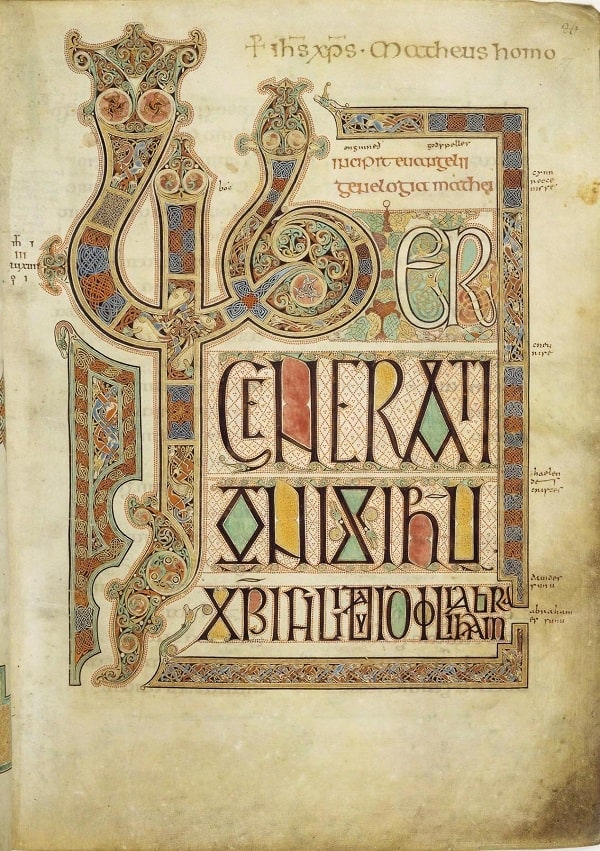
The Book of Kells or the Book of Columba, is one of Ireland’s greatest treasures as it is an illuminated manuscript dating back to about 800 AD. Prior to the recent dating of the book to about 800 AD, scholars believed that the book may have been the Great Gospel of Columba, an Irish monk from the 6th century. The book was named for the Abbey of Kells, where it was housed for many centuries – it is currently on permanent display at Trinity College Library in Dublin, Ireland.
The book features complex and extravagant ornamentation and is one of the best examples of an illuminated manuscript. It features four Gospels from the New Testament and consists of 340 folios made from calfskin vellum.
6. St. Cuthbert Gospel – c. 7th century AD
Author: Unknown (possibly monks from Monkwearmouth-Jarrow Abbey)
Country of Origin: England
Script: Latin
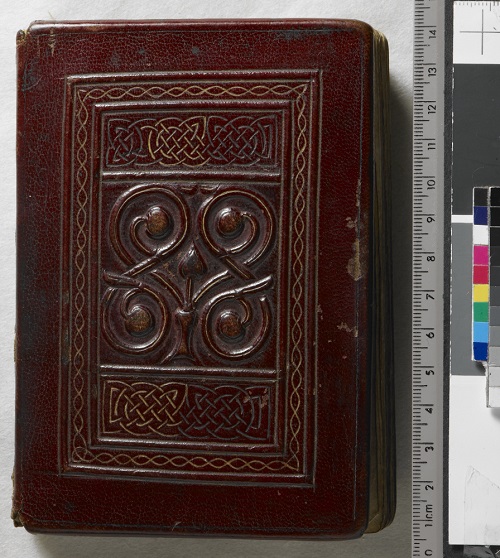
The St. Cuthbert Gospel is the oldest surviving European book and dates back to around the 7th century. The book is a copy of the Gospel of St. John and was named for St. Cuthbert, whose coffin the book was placed in sometime after his death in 687. It was rediscovered in 1104 at Durham Cathedral where St. Cuthbert’s coffin was moved by his monastery to escape Viking raids.
After the book was rediscovered, it was privately owned until it was donated to a Jesuit community in Belgium in 1769. The book has been on loan to the British Library in London since 1979 and they are now the current owners as they managed to raise about $14 million to buy the book from the Jesuits.
5. Garima Gospels – c. 330 – 650 AD
Author: Abba Garima (according to legend from Abba Garima Monastery)
Country of Origin: Ethiopia
Script: Ge’ez
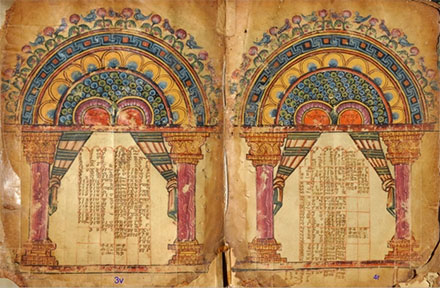
The Garima Gospels are two gospel books from the Abba Garima Monastery in Ethiopia and are the oldest known complete illuminated Christian manuscripts. Until the last decade, scholars had always believed that both books dated back to the 11th century, but recent carbon-testing shows that the books date back to between 330 – 650 AD.
According to the monks at the Abba Garima Monastery, the books have been guarded and house at the monastery since their inception. They also believe that the books were written by Abba Garima, a Byzantine royal who founded the monastery. Both books were restored sometime in the last decade by a British bookbinder with money from the Ethiopian Heritage Fund, a British charity that helps preserve the artifacts found in Ethiopia’s monasteries.
4. Nag Hammadi Library – c. 3rd – 4th century AD
Author: Unknown (possibly Pachomian monks)
Country of Origin: Nag Hammadi, Egypt
Script: Coptic
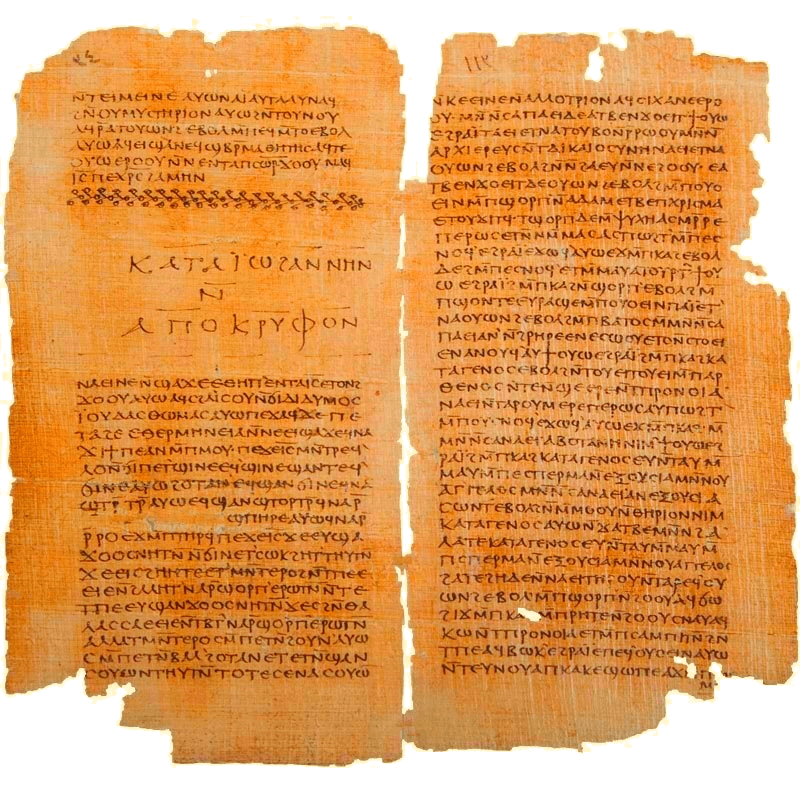
The Nag Hammadi Library is a collection of thirteen codices buried in a sealed jar that were found in 1945 by a farmer named Muhammed al-Samman in the Egyptian town of Nag Hammadi. The writings found in the codices are mostly about Gnostic treatises, but also contain works belonging to the Corpus Hermitcum as well as a partial translation/alteration of Plato’s Republic. One of the codices contains the only known complete text of the Gospel of Thomas.
The codices are believed to date back between the 3rd and 4th century and are thought to have been buried and hidden after Saint Athanasius banned the use of non-canonical books in 367 AD. Since their discovery, the codices have influenced modern research into early Christianity and Gnosticism.
3. Codex Sinaiticus (Sinai Bible) – c. 330 – 360 AD
Author: Copied by various scribes
Country of Origin: Sinai, Egypt
Script: Greek
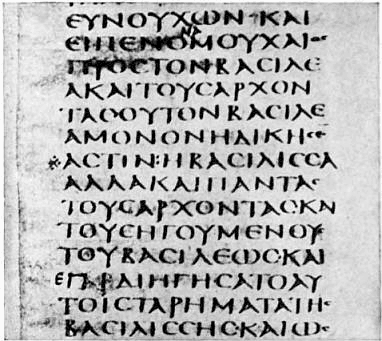
Codex Sinaiticus, commonly called the Sinai Bible, is one of the world’s most important and treasured books. This is because it is the only early manuscript of the Christian Bible still largely intact. Thus, making the Codex Sinaiticus one of the oldest bibles of all time.
The book is a handwritten copy of the Bible in the ancient Greek text of Septuagint, which was originally made by four scribes sometime in the 4th century.
The book is considered to be one of the best Greek texts of the New Testament and been useful in aiding biblical text research. Although large portions of the Old Testament are missing from the book, scholars believe that the book originally contained both Testaments.
2. Pyrgi Gold Tablets – c.500 BCE
Author: Thefarie Velianas, Kinng of Caere
Country of Origin: Pyrgi, Italy (modern-day Santa Severa)
Script: Etruscan and Phoenician
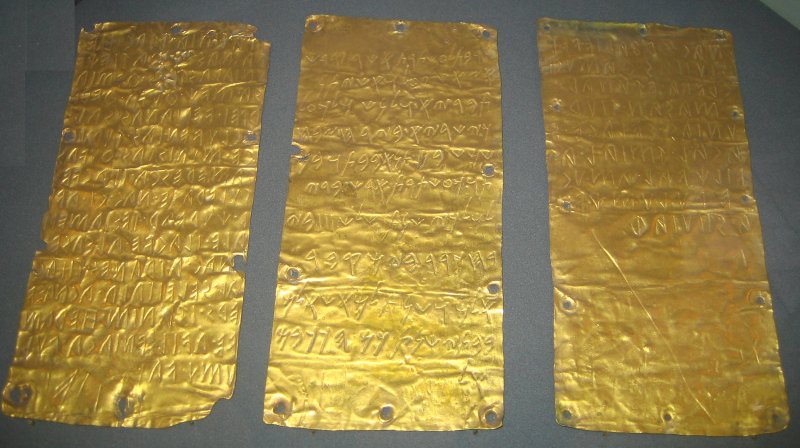
The Prygi Gold Tablets were found during an excavation of the ancient port town of Pyrgi, Italy in 1964 and date back to around 500 BCE. Although the tablets aren’t exactly a book, each tablet has holes around the border suggesting that they were once bound together.
The tablets are notable because they are written in two different languages, two of the tablets are written in ancient Etruscan and the third one is written in Phoenician. These are some of the oldest written languages ever.
Due to the bilingual text, researchers have been able to use their knowledge of Phoenician to interpret the Etruscan tablets.
1. Etruscan Gold Book – c.600 BCE
Author: Unknown
Country of Origin: Bulgaria
Script: Etruscan
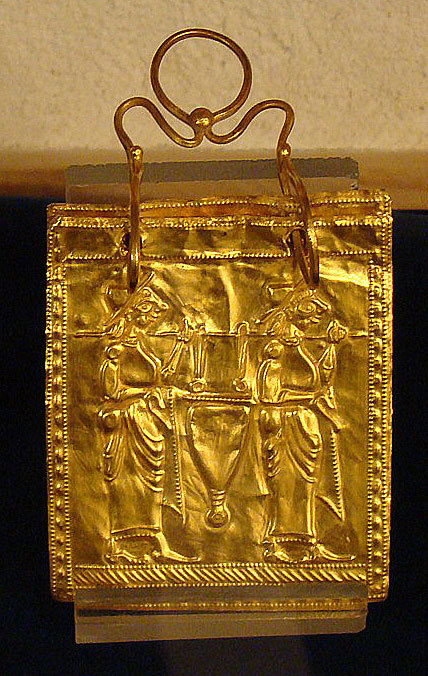
Although not much is known about the Etruscan Gold Book, it is believed to be oldest book in the world as it dates back to around 600 BCE. The entire book is made out of 24 carat gold and consists of six sheets bound together, which have illustrations of a horse-rider, a mermaid, a harp, and soldiers. The book was found sometime in the late 1950s in a tomb uncovered during digging for a canal along the Strouma river in Bulgaria.
In 2003, the finder of the book, who has asked to remain anonymous, donated the book to the Bulgaria’s National History Museum. According to the museum’s director at the time, Bojidar Dimitrov, the book’s authenticity was verified by two experts in Sofia, Bulgaria and London, England.
OTHER POSTS YOU MAY BE INTERESTED IN











